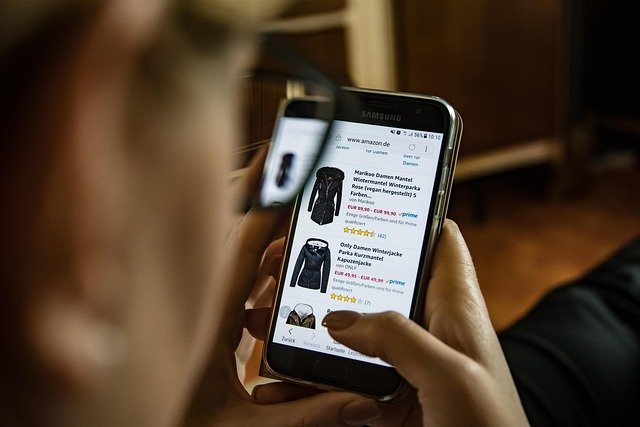Using AR previews to boost product confidence across markets
Augmented reality (AR) previews are changing how customers evaluate products online by providing realistic, context-aware views before purchase. Across diverse markets, AR can reduce uncertainty, support mobile-first shoppers, and inform localization strategies, helping brands present products more clearly in different cultural and economic contexts.

Augmented reality (AR) previews can reduce hesitation at key moments in the buyer journey by showing products in realistic scale and context before checkout. When combined with accurate product data and thoughtful localization, AR helps consumers imagine how an item fits their space, lifestyle, or routines. That increased confidence often translates into fewer returns, smoother fulfillment, and higher conversion rates on mobile and desktop channels.
How does AR improve ecommerce product confidence?
AR previews let shoppers visualize dimensions, colors, and fit in their own environment, which addresses common online limitations such as inability to touch or try items. For ecommerce teams, embedding AR into product pages provides an interactive layer that complements photos and descriptions. Clear visual cues reduce ambiguity about size and materials, which can shorten decision time and reduce post-purchase dissatisfaction. When AR is accurate and well-integrated, it becomes part of an evidence-based product presentation that supports informed buying.
What role does mobile play in AR previews?
Mobile devices are the primary delivery method for many AR experiences because they combine camera, sensors, and portability. Mobile AR enables shoppers to place products in real time at home or on the go, which aligns with growing mobile commerce behavior. Optimizing AR assets for performance on a range of devices, minimizing file sizes, and ensuring responsiveness during the checkout flow are essential to preserve user experience. Smooth mobile performance helps keep conversion friction low and supports seamless transitions from discovery to purchase.
How do localization and currency affect experiences?
Localization extends beyond language: it includes cultural preferences, sizing standards, measurement units, and currency display. AR previews should reflect local expectations for scale and presentation; for example, furniture visualizations need accurate metric or imperial scales and regional room templates. Displaying prices in the shopper’s currency and formatting local taxes or fees clearly during checkout reduces confusion. Localization increases trust by signaling that a brand understands local contexts, which can improve conversion across markets.
How should checkout, payments and fulfillment adapt?
When AR drives stronger product confidence, downstream processes like checkout, payments, and fulfillment must align to deliver on expectations. Checkout flows should surface localized options—currency selection, tax calculation, and preferred payment methods—to avoid surprises. Payment acceptance across markets requires supporting local schemes and alternative payment methods to reduce abandonment. Fulfillment teams must plan for accurate inventory mapping and clear return policies, since AR-driven purchases may shift return patterns. Coordinated operations between product visualization, payments, and logistics supports a reliable end-to-end experience.
How can personalization and analytics lift conversion?
Personalization tailors AR content to individual shoppers by showing relevant colors, styles, or complementary items based on browsing history. Analytics capture interactions—time spent in AR, most viewed angles, or virtual try-on outcomes—to inform merchandising and refine product data. A/B testing different AR placements or prompts can reveal which implementations most effectively increase conversion. Combining personalization with attribution metrics helps teams identify where AR contributes value, guiding investment and content strategy without relying on speculative claims.
What privacy considerations should brands address?
AR implementations often access cameras, location, and device sensors, raising privacy expectations that vary by market. Brands must request only necessary permissions, present clear explanations of data usage, and adhere to regional regulations on user consent and data storage. Minimizing retained biometric or location data where possible, and offering transparent privacy notices during AR activation, helps maintain trust. Privacy-first design is particularly important when expanding AR features across jurisdictions with differing legal frameworks.
AR previews are a practical tool for increasing product clarity and shopper confidence when deployed with attention to mobile performance, localization, checkout alignment, and privacy. By integrating analytics and personalization, brands can measure AR’s impact on conversion and adjust offerings across markets. Consistent coordination between visualization, payments, fulfillment, and legal teams will help ensure AR becomes a reliable part of a global ecommerce strategy rather than a fragmented experiment.





